

 STUART JORDAN looks at achievements of one of Britain's best locomotive engineers.
STUART JORDAN looks at achievements of one of Britain's best locomotive engineers.
April 5th 2016 marked the 75th anniversary of Sir Nigel Gresley's death, and his life was celebrated with the unveiling of a statue of him at Kings Cross Station. There was controversy concerning the statue as the original plan was to have a statue of a mallard duck accompanying him. Gresley's family objected, and the duck was removed from the plans. His legacy stretches far beyond designing the record-breaking A4 Locomotive Mallard anyway....
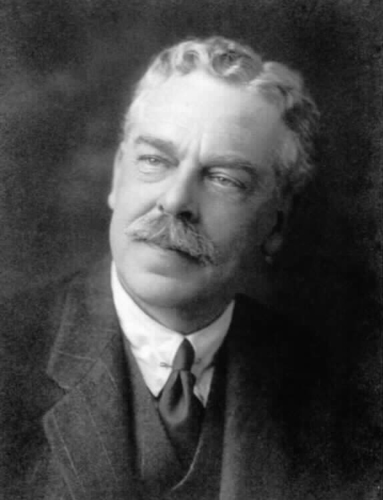
Gresley's career in engineering started as an apprentice at Crewe, working for the London and North Western Railway. He then moved on to the Lancashire & Yorkshire Railway, working under the engineer John Aspinall. He rose through the ranks at the L&YR, and moved in 1905 to the post of Superintendent of the Carriage and Wagon Department, before succeeding Henry Ivatt as Chief Mechanical Engineer in 1911, a post he was then offered at LNER in 1923 when the country's railway companies were grouped by Act of Parliament into the 'Big Four'.
Gresley designed the 2-8-0+0-8-2 U1 Garrett locomotive in 1925, of which there was only one built for use hauling coal trains in South Yorkshire. The U1 was both the longest and most powerful steam locomotive to run on UK railways. It was 87' 3” long, and made short work of the 1 in 40 incline on the Worsborough Bank.
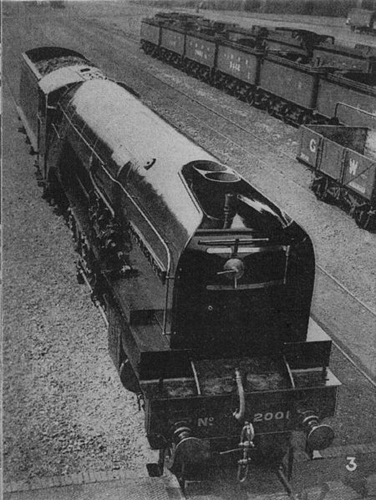
P2 Class 2001 Cock O' The North
In 1934 the first of the Gresley-designed P2 Class Locomotives started running express trains between Edinburgh and Aberdeen. This Class was the largest steam locomotive to pull passenger trains in the UK, and was inspired by French designs at the time including the Klychap exhaust system which would later be seen many of Gresley's other designs. The Kylchap design gave a much more even flow through the firetubes which increased their efficiency.
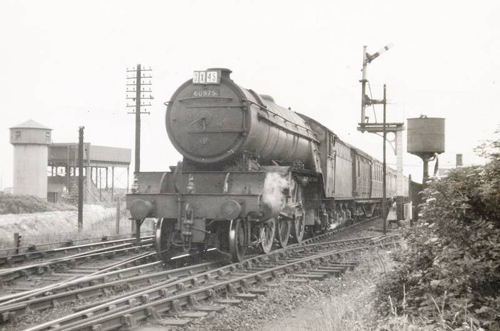
V2 Class 60975
The V2 Class Locomotives were built between 1936 and 1944, and became an important part of LNER's fleet during the Second World War. Initially running express freight services, during the war the V2's immense pulling power allowed it to haul trains of around 20 carriages.
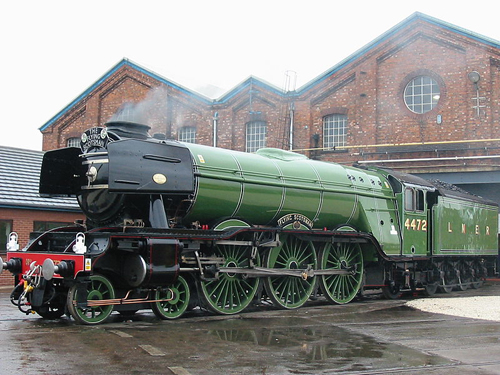
A1 Class 4472 Flying Scotsman
Sir Nigel Gresley's most famous locomotive designs were of course the A1/A3 and A4 Locomotives. The A3 Flying Scotsman has been widely acknowledged to be the most famous locomotive in the world, and has recently been restored to mainline running - running from London Kings Cross to York on 25th February 2016 and will tour the country throughout the year.
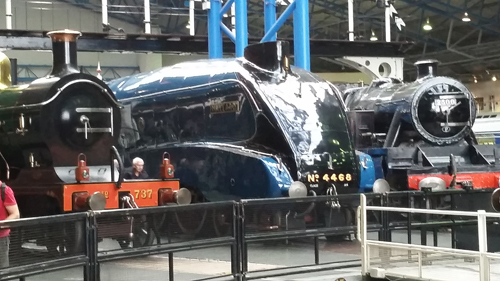
A4 Class 4468 Mallard at the National Railway Museum in York.
On trip to Germany in 1933 Gresley was impressed by the streamlined Flying Hamburger diesel locomotives, which reached speeds of 77mph (124kph). Applying this innovation to steam locomotives, Gresley designed the LNER Class A4. The most famous locomotive in this class is of course Mallard, the fastest steam locomotive in the world, which reached the speed of 126mph (203kph) on 3rd July 1938. A second attempt to go even faster was planned for 1939, but this was cancelled due to the outbreak of war. The class were named for birds due to Gresley's passion for breeding birds and ducks in his moat. The A4 Class stayed in service longer than any other British steam locomotive, working the East Coast Main Line until the early 1960s when they were replaced by Deltic diesel-electrics.
In 2013 the six surviving A4 Locomotives (4464 Bittern, 4468 Mallard, 60007 Sir Nigel Gresley, 60008 Dwight D. Eisenhower, 60009 Union of South Africa, and 60010 Dominion of Canada) were brought together at the National Railway Museum in York for the Great Gathering, to commemorate the 75th Anniversary of Mallard's record-breaking run.
Sir Nigel Gresley died on 5th April 1941, and left behind him a railway engineering legacy that would be hard to surpass. This has only been a brief look at his achievements, and hopefully you have been inspired to explore his life and legacy further.